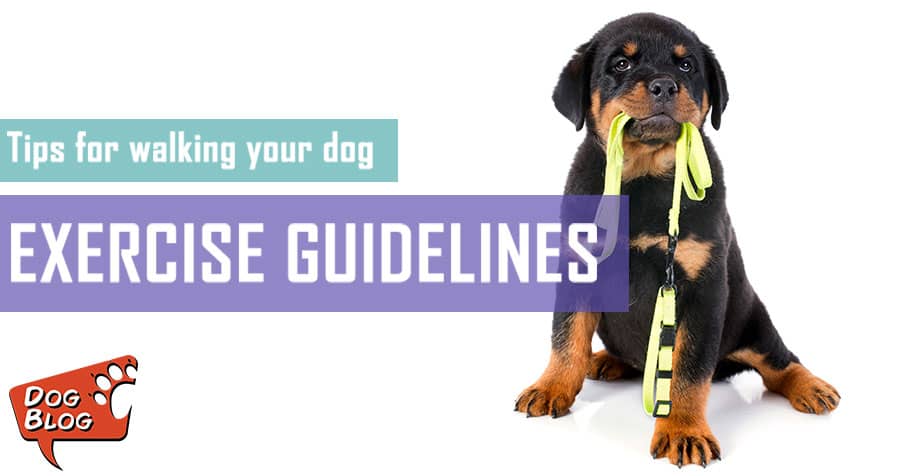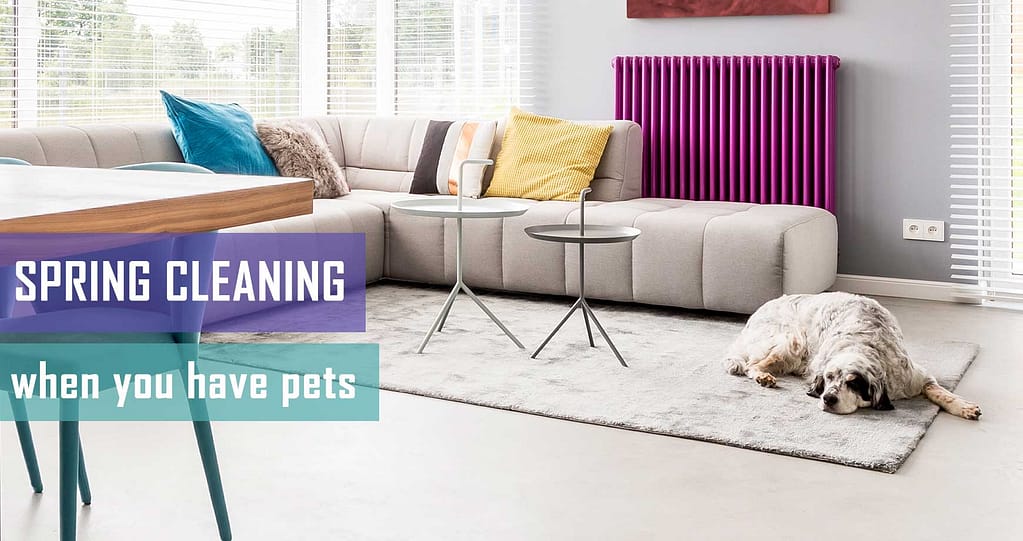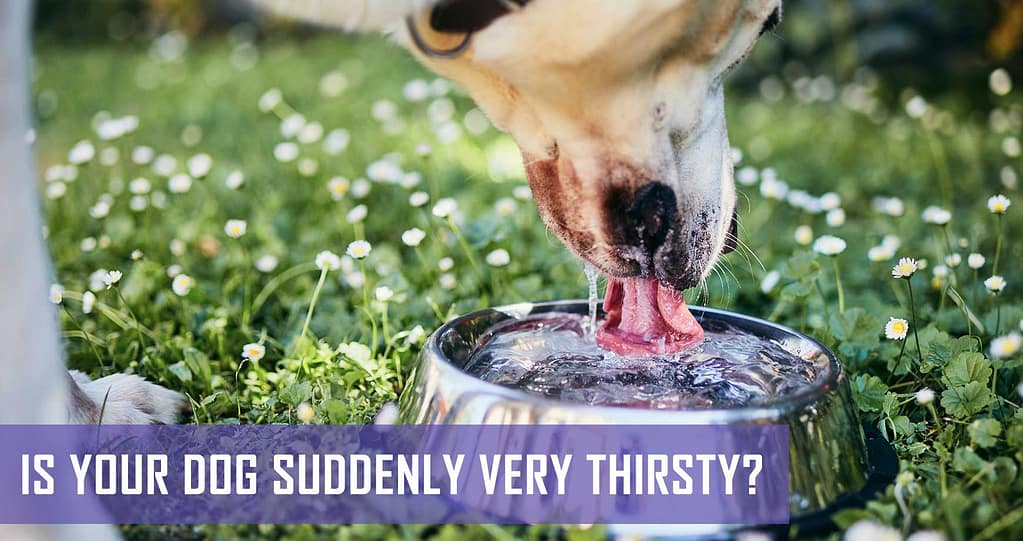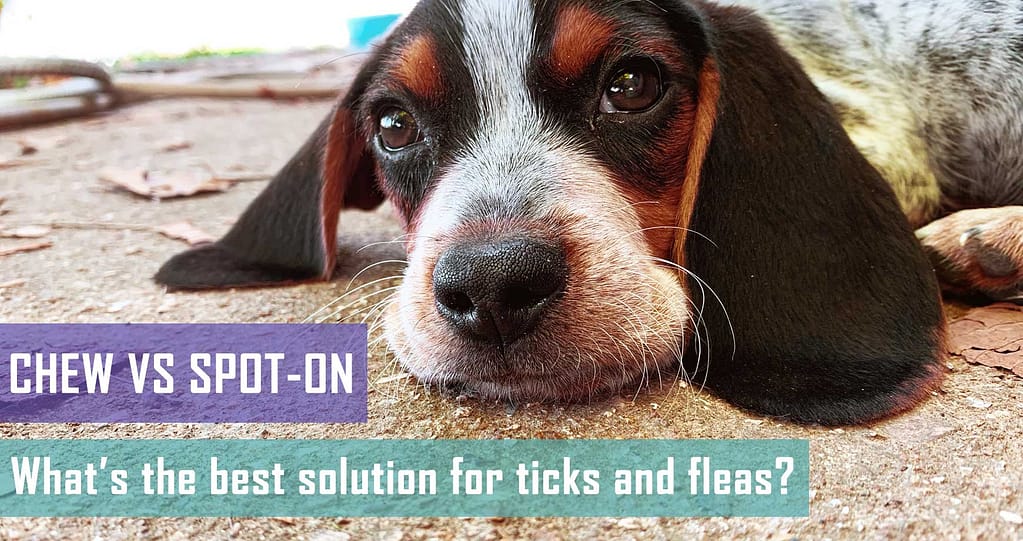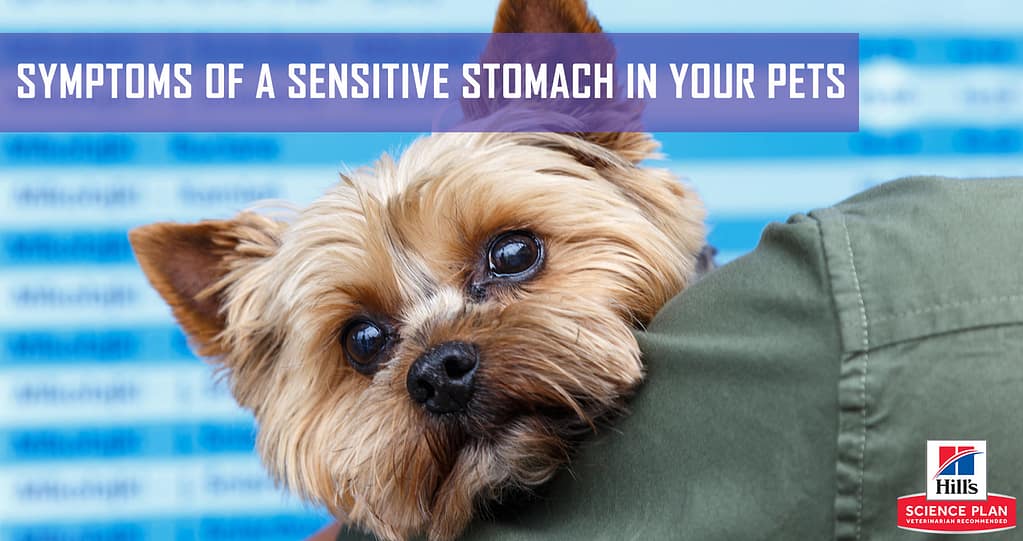The best part of walking your dog (besides escaping the house for a little fresh air and exercise), is seeing the excitement on your dog’s face the moment you pick up their leash. That look on their face says “YAY! Walkies!” Your dog will enjoy exploring, smelling things and seeing different sights and surroundings. All this is great for their mental stimulation, of course, but the biggest benefit of regular walks is the bond it creates between you and your fur baby. Your dog’s loyalty and trust will grow with every walk.
Collar vs harness
Using a harness is ideal for bigger dog breeds or for dogs that tend to drag you along. A harness is easier on your wrists as well as on your dog’s neck and body. It avoids choking and provides support around your dog’s chest. A good quality leash needs to be strong and must match your dog’s body length and size. It’s much easier to control a larger dog with a wider, stronger leash; whereas a mite of a miniature breed only needs a narrow leash and light collar.
Collars and leads can be used on well-trained, obedient dogs, while the Halti collar loops can be placed around the dog’s nose and neck. This causes no discomfort to the dog, but it does stop them from bolting and running, with the main purpose of the Halti being to keep their attention focused on you.
What to take on your walk
It is recommended to always have drinking water on hand when taking your dog for a walk, be it for you or for your dog. As exercise stimulates a dog’s metabolism, they are inclined to poop on walks. Their little mound of messages is also a smelly signpost to say ‘Monty was here’ .… but you’re not doing anyone any favours by leaving it where he left it. It’s common courtesy to pick up after your dog, so please take a plastic bag or two on walks with your dog and discard his poop in public bins or in your own bin when you get home.
Best time to walk your dog
Never take your dog for a walk during the hottest time of day (11h00 – 15h00). This is especially important for brachycephalic (short-nosed) dogs, as they can struggle to breathe properly in general. Their short airways don’t give warm air enough time to cool down before it reaches their lungs, which can result in exacerbated breathing difficulties.
Heatstroke can also occur on hot days. If your dog’s panting becomes excessive, he looks weak or lethargic, if his gums are bright red or if he collapses, stop walking immediately! Cool your dog down as much as you can (rest, shade and water will work), but take them to the vet as soon as possible to get a check-up and the all-clear.
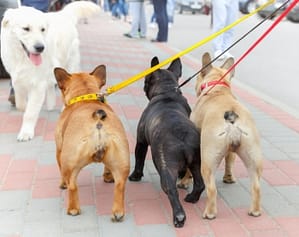
Endurance
Know your dog’s limits! If you’re planning on taking long walks together, it’s best to progressively build up his fitness, just as you would do your own. Don’t force your dog to walk when he looks tired – rather pick him up if you can. A general rule is to avoid long-distance walks with larger breed pups until they are one year of age.
When taking your dog for long walks, remember to take along plenty of drinking water. Monitor your dog at all times and don’t allow your dog to pick up foreign objects or sniff around areas where you do not feel comfortable that it’s safe. Stay alert and if you notice any sudden changes in your dog’s behaviour or physical appearance (such as limping), turn around and return home. If you are very concerned, consult your nearest vet.
Your dog’s paws
Dogs’ paw pads are generally very resilient, but they will burn if the surface they walk on is too hot. Before you take a walk, do a quick and easy test: Put the palm of your hand down on the road, pavement or walkway and hold it there for 10 seconds. If it’s too hot for your hand, it’s too hot for your dog’s paws. If your hand doesn’t feel too hot, it should be safe to walk your dog.
Try to avoid hazardous areas with broken glass, burnt-out fires, thorns or even coarse grass, because your dog’s paws could get injured, and a wound can become infected. Walking on rough surfaces such as concrete, pavements or tar can help wear down your dog’s sharp nails, keeping them nice and short. But be aware that running on coarse gravel can actually be abrasive to your dog’s paws.
General safety:
Safety always comes first. Therefore, it’s wise to always keep your dog on a leash. Be aware of other dogs in the area. Your dog may be well socialised, but another dog running up to you might not be and could be sending all sorts of threatening signals to your dog.
Before taking your dog to an area where many other dogs are (like a park), make sure your dog is sufficiently treated for ticks, fleas and worms, and that he is vaccinated. Ask your vet for product advice or recommended treatments if necessary.
When you’ve checked all the above boxes, it’s time for… walkies!

